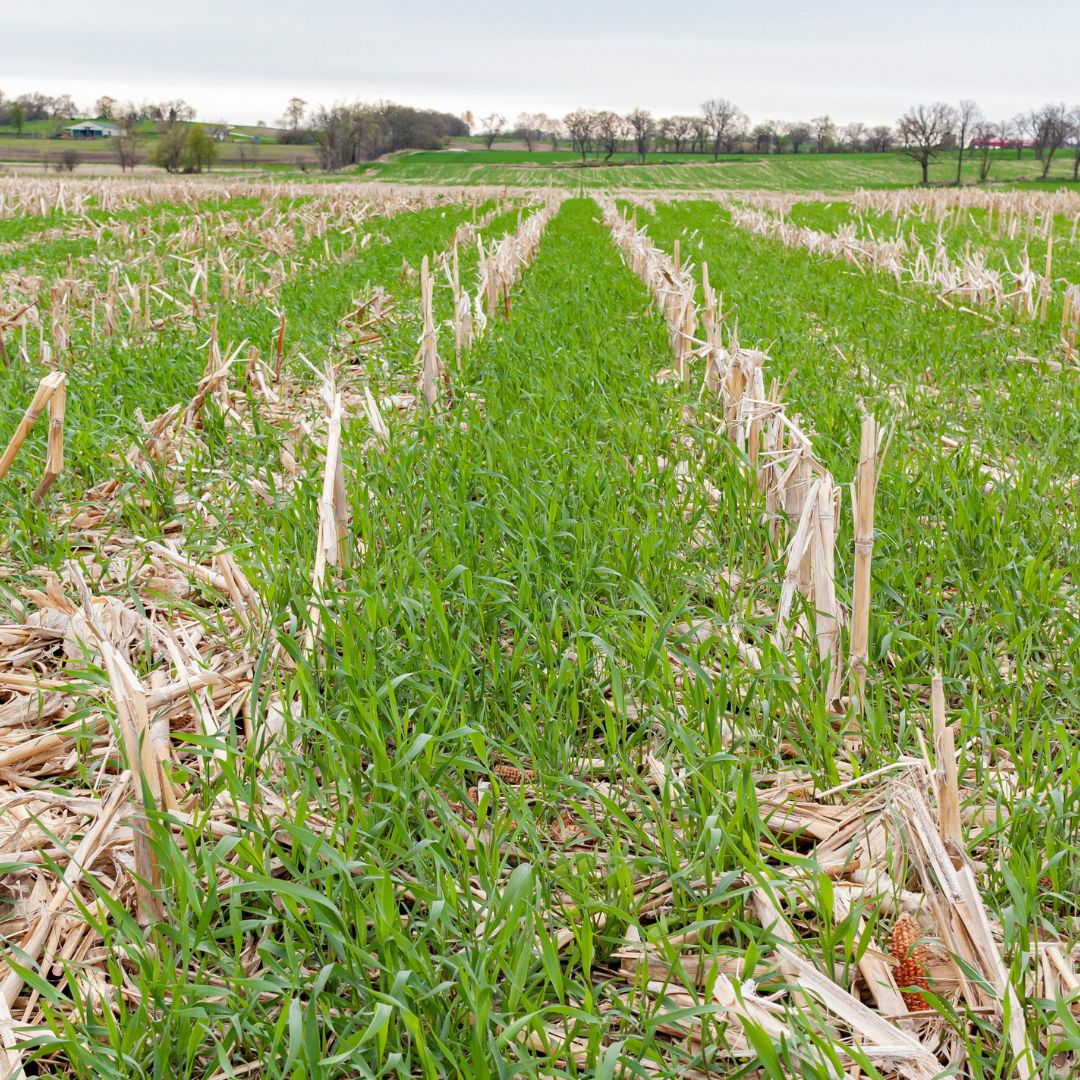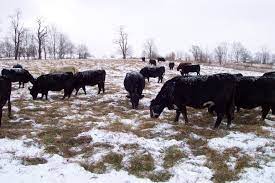Fall and Winter Forage Production and Utilization
Margit Kaltenekker
Agriculture Agent
 Although east central Kansas may fair better than western or south-central Kansas, we all know the drought continues to linger. Hopefully some mid-summer Sudan grass was seeded to supplement lower than average hay yields. Following are a few strategies to consider in preparing winter forage supplies, besides corn silage.
Although east central Kansas may fair better than western or south-central Kansas, we all know the drought continues to linger. Hopefully some mid-summer Sudan grass was seeded to supplement lower than average hay yields. Following are a few strategies to consider in preparing winter forage supplies, besides corn silage.
A classic strategy in the fescue belt is stockpiling fall fescue for later winter grazing. Mid-late August is the time to remove cattle from pastures (or clip the pastures by September 1, if you haven’t yet). Test soil nutrients and apply 40% the recommended rate of nitrogen, along with P2O5 and K2O, ahead of the next forecast rain. Then wait for growth to take off October through November, as cooler temperatures and fall rains return. There are many advantages to this strategy besides strengthening root reserves of the fescue ahead of spring grazing. One of the advantages includes reduced risk of ergovaline, the toxic alkaloid produced by fungal endophytes. These endophytes are shown to be lowest in late winter when supplemental forages are most needed.
 Other supplemental forage strategies includes sowing winter Cereal rye or triticale this late August or early September for fall and/ or later winter grazing, following corn or soybeans. The planting window is open until October, but best yields are predicated upon early establishment by mid-late September. Both are quick to establish following best practices, and can provide supplemental grazing within 4 – 6 weeks of establishment holding back winter grazing until February or March guarantees heavier yield and increased forage utilization. Yields of 3,000 - 4,000 lbs/ acre for stockpiled grazing can be estimated, depending on the moisture, etc. University of MN has excellent guidance on maximizing yield and estimating nutritive value for Cereal Rye in this publication.
Other supplemental forage strategies includes sowing winter Cereal rye or triticale this late August or early September for fall and/ or later winter grazing, following corn or soybeans. The planting window is open until October, but best yields are predicated upon early establishment by mid-late September. Both are quick to establish following best practices, and can provide supplemental grazing within 4 – 6 weeks of establishment holding back winter grazing until February or March guarantees heavier yield and increased forage utilization. Yields of 3,000 - 4,000 lbs/ acre for stockpiled grazing can be estimated, depending on the moisture, etc. University of MN has excellent guidance on maximizing yield and estimating nutritive value for Cereal Rye in this publication.
Local County agencies like Douglas County Conservation District and the Upper Wakarusa or Middle Kansas River WRAPS projects have cost-share assistance for sowing winter cover crops including some alternate forages for winter grazing mixes. Prepare now to get the temporary fencing and watering lines in place to strip graze that extra forage!
